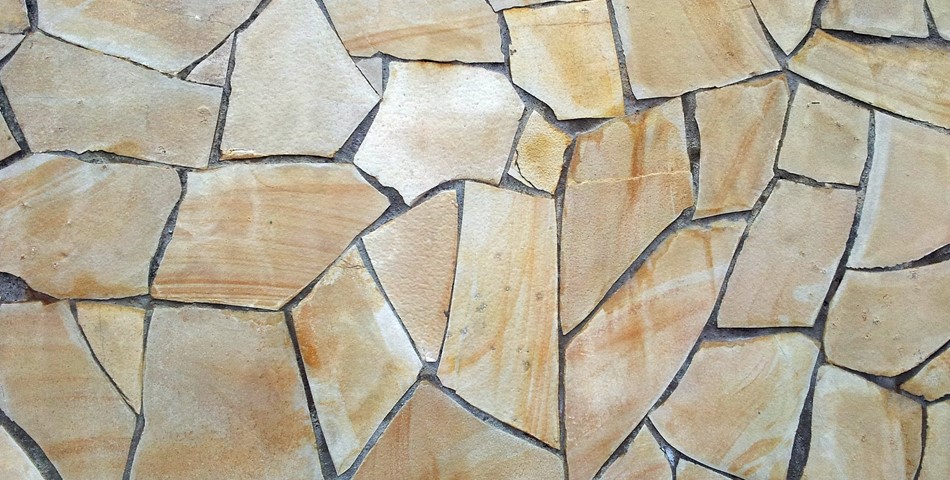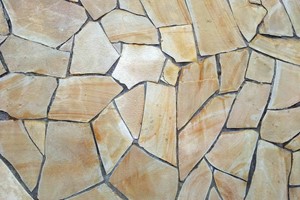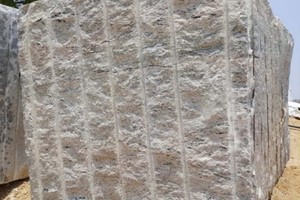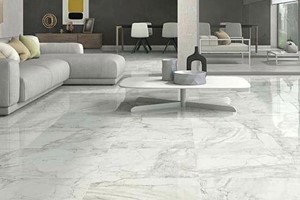Ventures Middle East states that as per the LEED requirement, marble or stone used in a green building should be quarried within an 800 km radius of the building being constructed. This gives a clear advantage to local manufacturing companies. Marble is 100 percent reusable and can be retrieved for new construction, used as paving, or crushed for use as aggregates. A number of stone and marble suppliers in the GCC are promoting sustainable practices by ensuring the quarries from where they procure their raw materials adopt efficient and enhanced processes. In addition, recycling of unused stone in a different form and breaking the uneven stones into standard dimensions for tiling applications are other practices directed towards reducing waste.
The report adds that there are also green methods adopted for stone cleaning (for re-use), such as removing the black gypsum crusts that form on marble and limestone by applying sulfate reducing bacteria to the crust. Stone is mainly used in buildings as tiles for floors and paving; special works such as balustrades, columns, fireplaces or fountains; structural works, internal and external wall cladding and stairs or steps. The major end-users of stone and stone products in building construction in the GCC are construction contractors, interior fit out companies, landscape contractors and stone cladding contractors.


Meanwhile, there are a lot of marble factories in Lebanon, according to a report published by BLOMINVEST Bank. However, there are only 2 granite producers, the biggest being Middle East Granite. This can be attributed mainly to the fact that the machines that cut and polish crude granite are more expensive than that of marble, and require more sophisticated techniques. Moreover, the demand for granite is much lower than the demand for marble. Due to the severe rivalry in the market, no one company can control the prices of its products. The prices follow the international market. According to Jamil Saadeh, owner of Saadeh for General Trading, the markup for granite and marble is usually 30 percent. On the other hand, the Egyptian marble, granite and alabaster sector by now ranks eighth in the world, with exports of stone materials up by 490 percent in quantity over the last eight years. Despite the slight downturn in 2015 (-3 percent for exports) following the drop in demand from China, the sector is likely to grow by 15 percent over the next four years, with production increasing by 2020 to 650,000 ton, according to MS Africa.
ACW Staff














